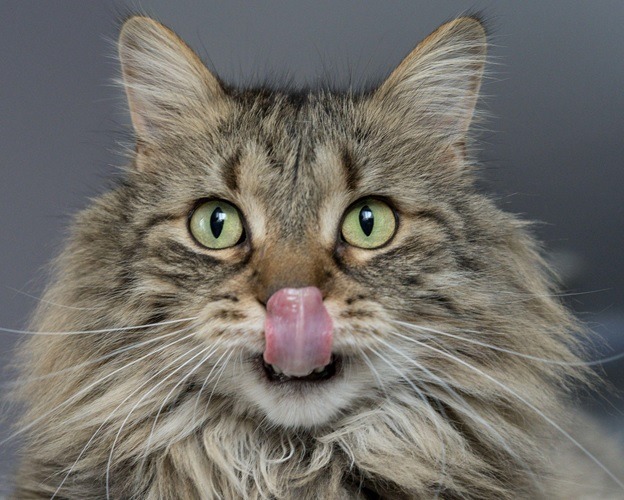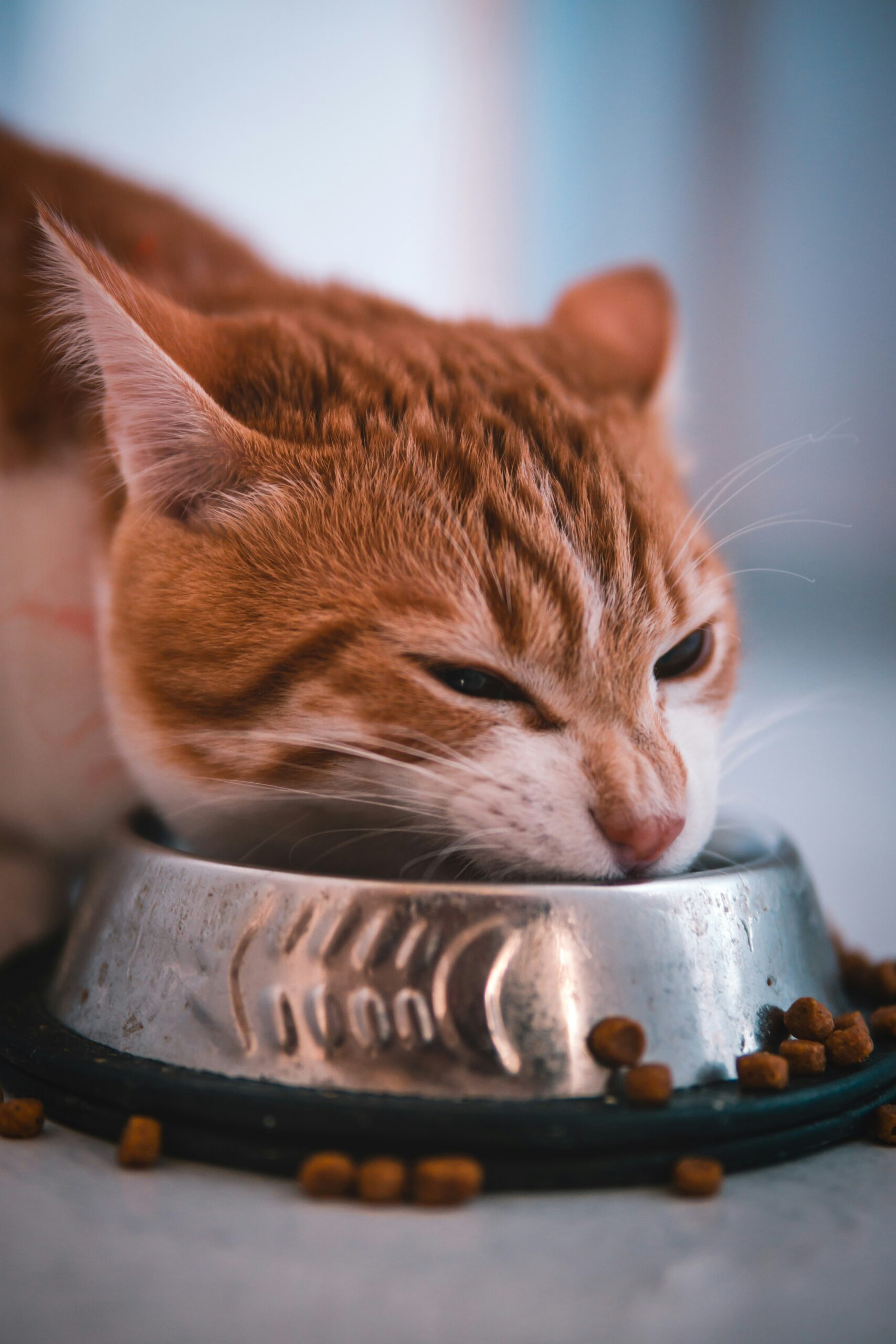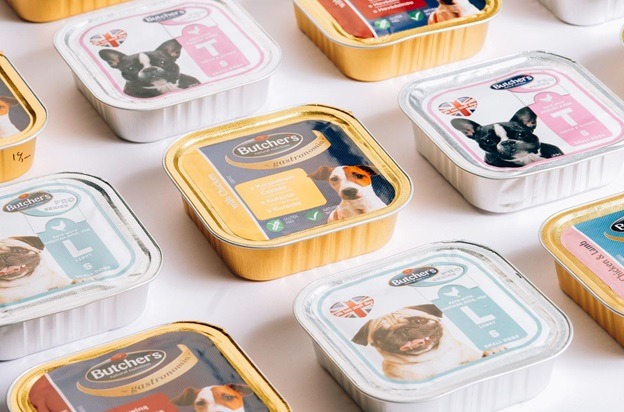Cat owners are constantly on the lookout for better quality food for their feline companions, rich in nutrients and made with high-quality ingredients. Food introduced early in a kitten’s life plays a crucial role on what she prefers while growing up. As she gradually transitions into adulthood, her food changes should also be made in a phased manner. Changing your cat’s food all of a sudden can lead to her developing behavioral issues also known as Neophobia, which is fear of trying anything new. Whether you are trying to have a new meal plan for your cat or preparing your kitten for adult food, doing it gradually in different stages with minimum changes around her environment is the right way to go about it.
There could be a few reasons why you are considering switching your cat’s food. Obviously the switch is in your cat’s best interest but there is no harm consulting your veterinarian beforehand. A veterinarian could tell you better about your cat’s health and her nutrient requirements. Your vet would also be able to suggest a special diet for your cat if she needs one. The other reason could be the transition of your kitten into adulthood. She could simply be switching her food for that reason as their nutritional demands evolve as they grow up. Many cats have food sensitivity as they are allergic to some particular ingredients. That calls for a change in her diet plan. Nursing cats need a calcium rich diet in their pregnancy period to gain additional energy.
Owners need to take certain preventative measures to ensure their feline’s health, happiness and optimal care. This includes routine checkups, vaccinations, flea treatment for cats, dental care, etc. Similarly, it’s also necessary for them to provide a nutritional and balanced diet to their cats to help them live a long, meaningful life. There could also be a situation where you are switching your cat’s food for your cat’s wellness. Switching your cat’s food will make a crucial change in her lifestyle and that is why it needs to be dealt with sensitivity. Asking your veterinarian for guidance for a healthy transition will help you take an informed decision which will ensure your cat’s well being.
Here are a few things that cat owners should consider before picking a new enriching cat food for their proper diet
- The ingredient list should meet with the feline’s nutritional requirements, including high-quality, animal-based protein, taurine, high moisture levels, limited carbs, absence of grains, essential amino acids, etc.
- Since cats consume less water, owners should include wet food alongside dry kibble in the cat’s diet to provide sufficient hydration for the day and prevent urinary tract infection.
- Owners can trust AAFCO-certified food labels with high nutritional value, as it contains balanced and complete meals to meet with the cat’s life stage, breed and size.
- It’s important to measure the calorie-count of both old and new food recipes, to decide the accurate portion and serving size for the new diet.
Step 1 – Change The Cat’s Diet Gradually
It’s best to shift your cat’s diet from old to new over a few weeks or twenty days. This will allow the feline to accept the food, without causing any dietary problems. Owners can begin the shift from adding 10-25% of new formula to their current diet for the first week. If the cat is able to adjust to this change, owners can increase the percentage to 30-40% and adjust the quantities gradually over time till the transition is complete. However, it’s important to note whether the cat is able to finish the food, and if not, owners should be patient and decrease the quantity of new food till the cat shows interest and transitions to the new diet.
Step 2 – Observe Your Cat’s Reaction
Apart from the time, owners also need to observe and decipher during the transition period to see if the new diet change has had any adverse effects on the pet’s health and bowl system. From keeping a constant check on the litter box for regular stools, finding any leftovers in the food bowl, noticing an increase in hunger between meal times, and general behavior and body language of the cat, it can be evident to understand the feline’s acceptance or refusal to their new diet. The key here is to monitor the progress each day and be patient with the results.
Step 3 – Consult Your Vet Before/After Changing the Diet
To ensure that cat owners are providing the right diet to their pets based on their life stage and nutritional requirements, it’s ideal to consult the vet for a prescribed diet. Your cat can also be prescribed a modified diet incase of certain allergies, nutritional requirements, post surgery, and specific health conditions. Thus, it’s important that owners look for ingredients/diets that suit the medical condition such as weight management, urinary infection, kidney disease, etc., and are based on the vet’s recommendation. In case the cat is unable to adjust to their new formula, it’s necessary that owners discuss any medication that would motivate the shift to a new and improved formula.
In conclusion, owners need to keep in mind that a sudden shift to a new diet can cause health problems such as diarrhea, continuous vomiting, or push the cat to stop eating altogether. This is why the above steps are important to help even the pickiest of eaters and make it a seamless process, without hampering their health and appetite.




